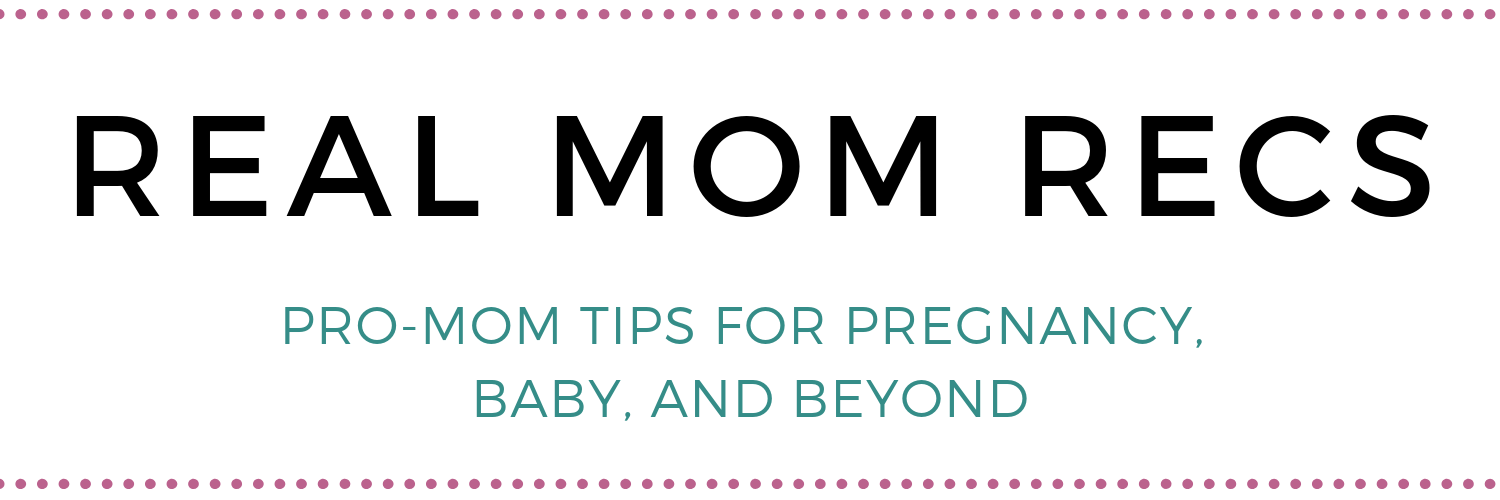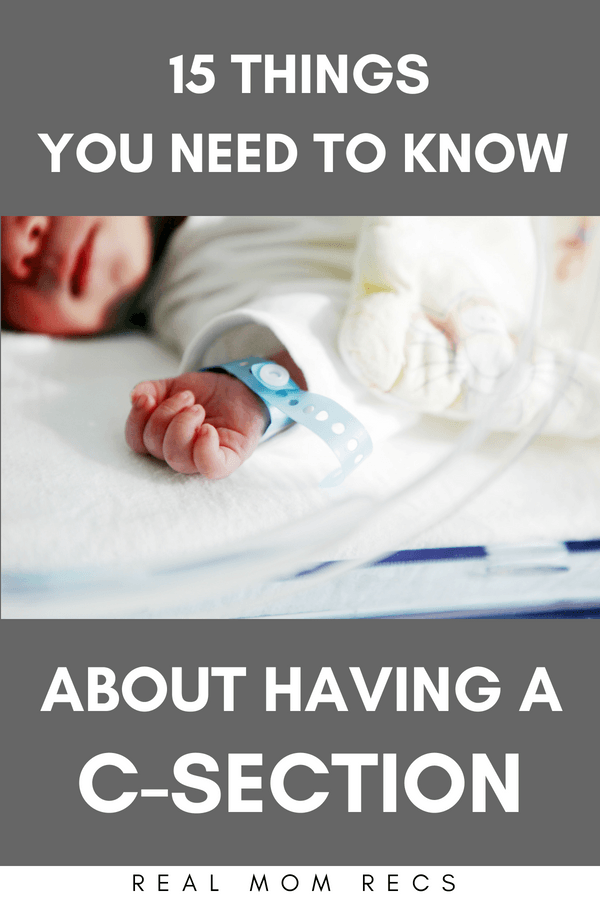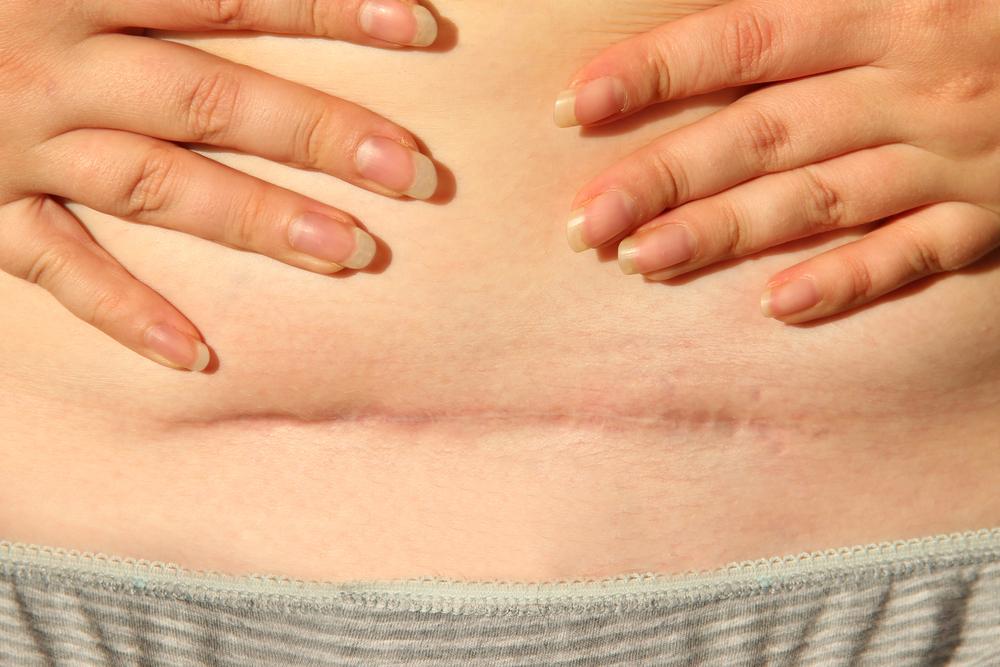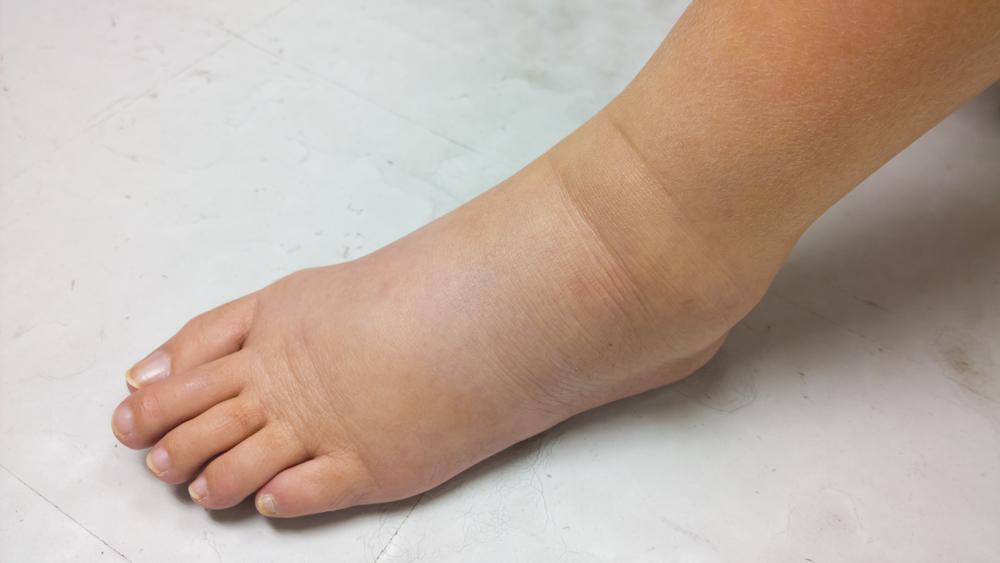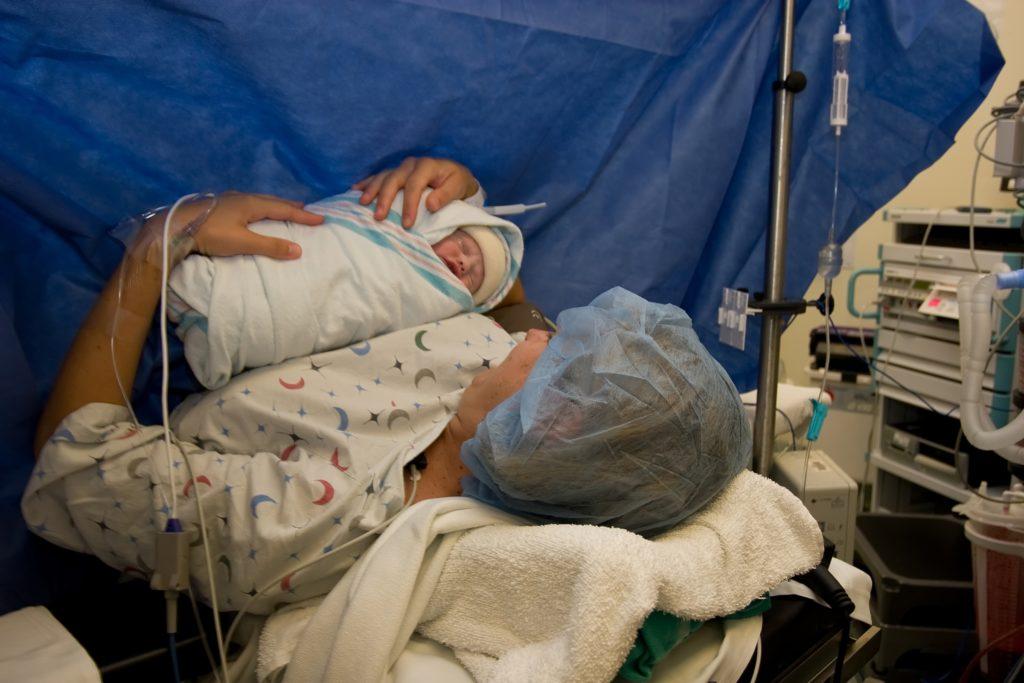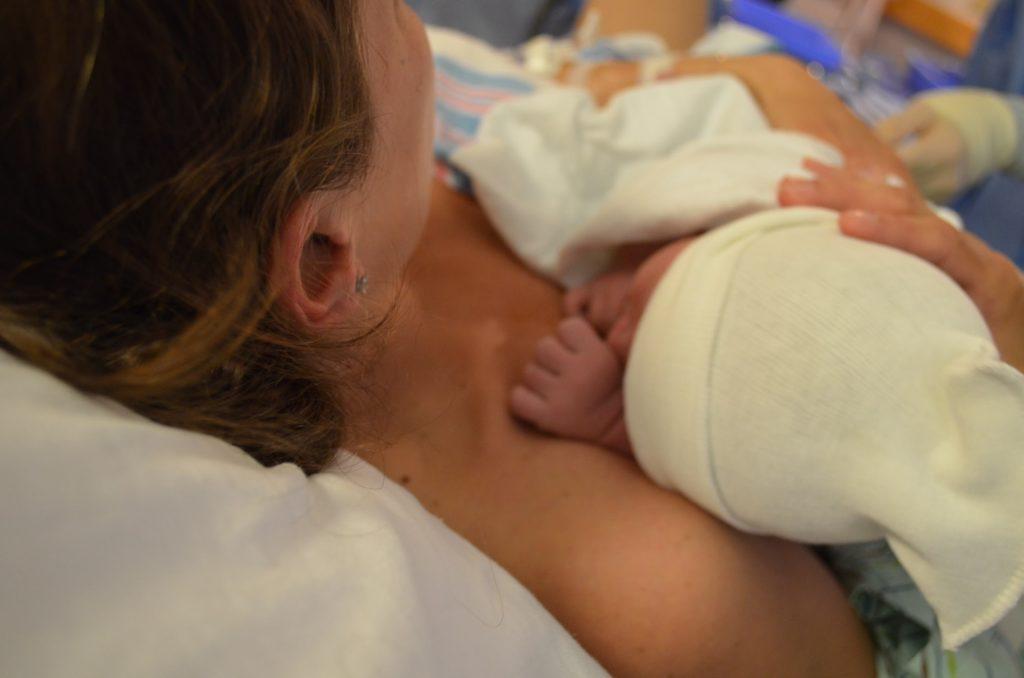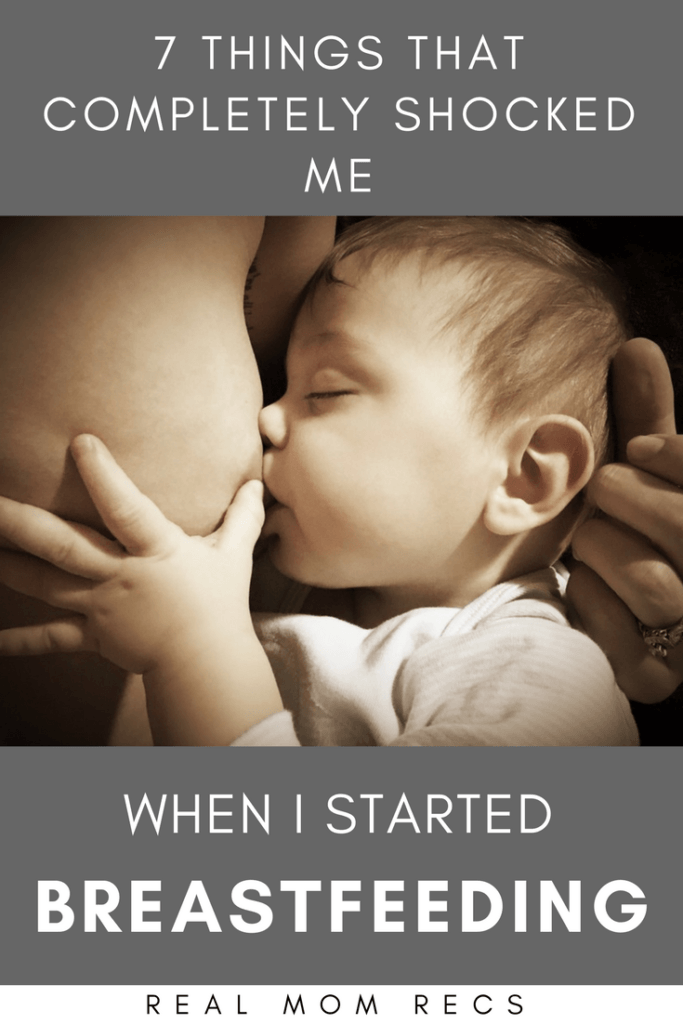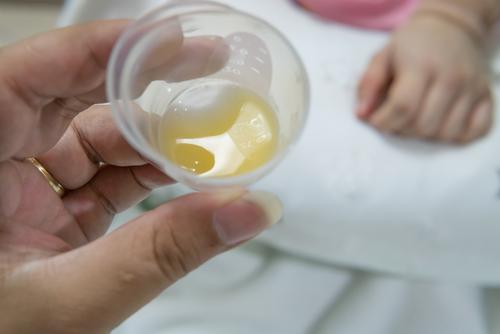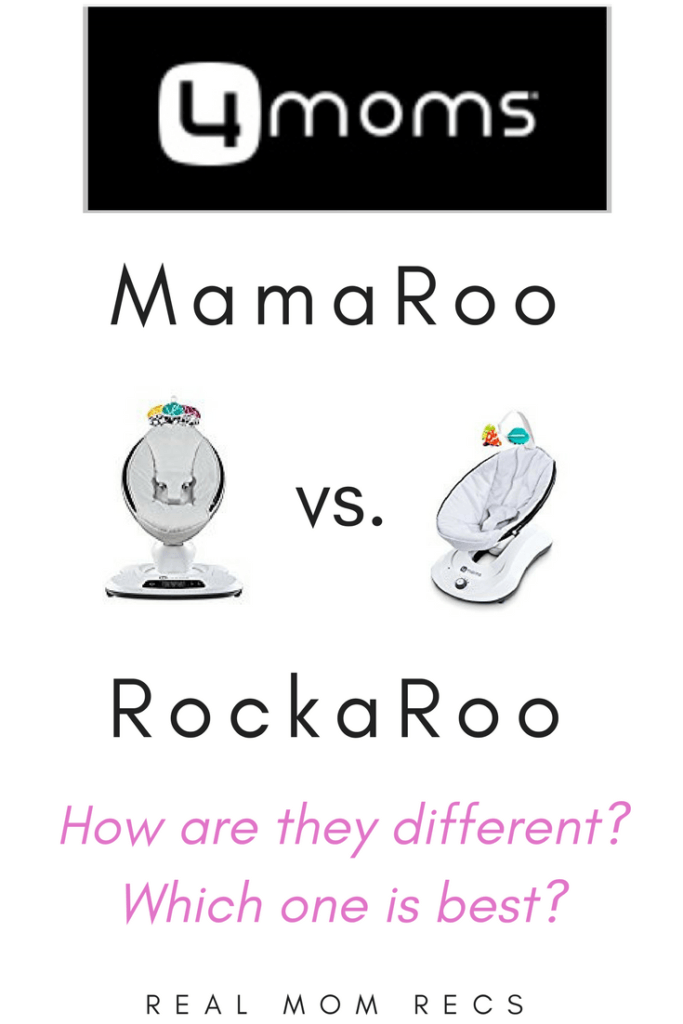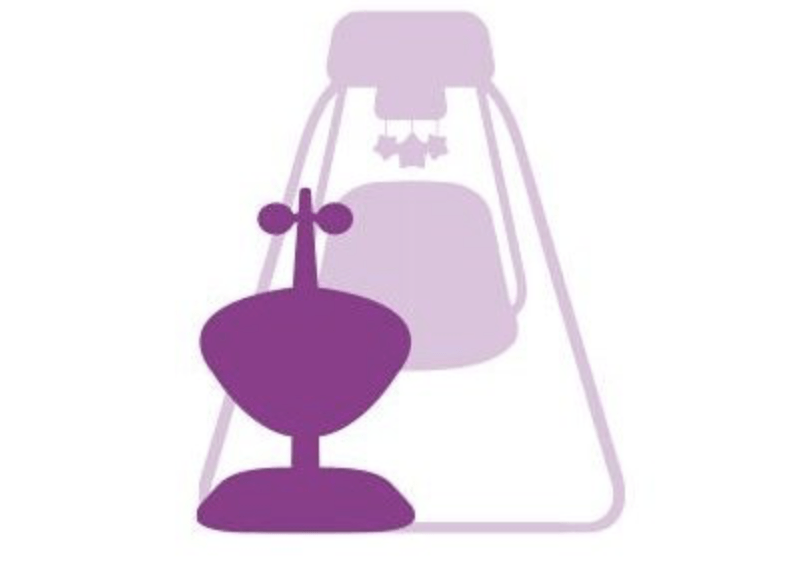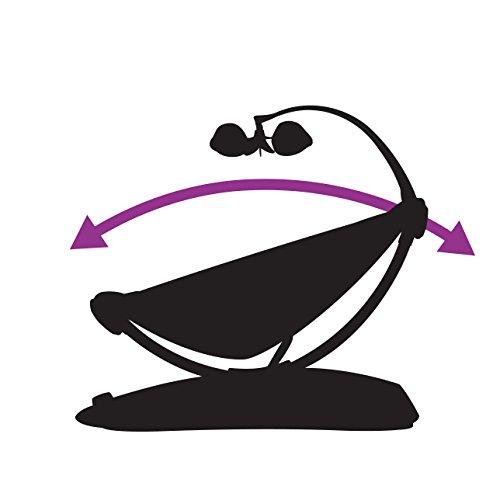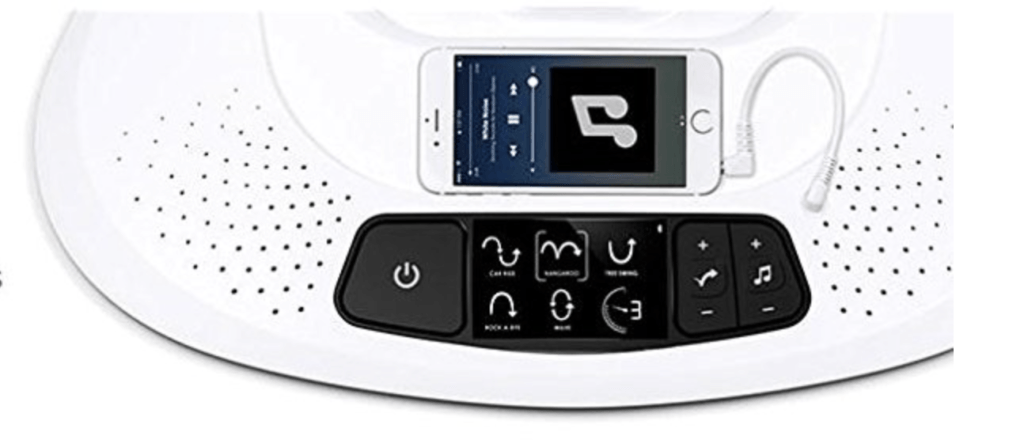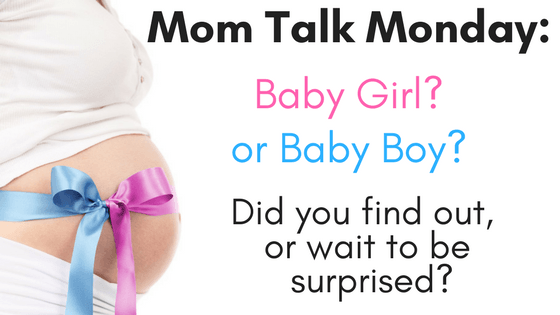Cesarean sections, otherwise known as C-sections are something that all first-time pregnant women try to avoid. We all fantasize about a perfect delivery, but sometimes things don’t go as planned. Here’s my story and 15 things all pregnant women should know about having a C-section.
This post is written by guest blogger Carissa of A Mama Blessed. Thanks to Carissa for sharing her story!
My Unexpected C-Section Birth
I had a whole birth plan laid out. I wanted to go as long as I could without drugs, I wanted to deliver vaginally, I wanted to have immediate skin to skin contact and I wanted to have my placenta saved so I could take it in pill form following the birth.
My birth plan had other things laid out in there, like no Pitocin and if possible. I also wanted to pull him out of me like Kourtney Kardashian did with her son Mason (yes, that show is my very guilty pleasure).
I’ve always told other people that life happens when you’re busy making other plans, but little did I know, I’d really eat my own words that time.
It was June 19, 2016, and it was also Father’s Day. I had spent the day with my husband and my step-daughter. We went to see Finding Dory at a fancy movie theater about an hour away from home. I was 33 weeks and 6 days along. The whole day I had waves of nausea and had a headache that made me feel awful.
We enjoyed the movie, although I couldn’t stand the smell in that theater and I had to get up to pee every 10 minutes or so. About half way through the movie, the baby did the biggest flip flop in my stomach I had ever felt. I knew right then something was off.
My husband knew when it happened because I jumped, almost right out of my super comfortable leather recliner. I told him that the baby flipped or kicked but I thought everything was okay. I really felt like something was happening, I just didn’t know what.
At 11:00 PM, my husband had just laid down to go to bed and I was getting ready to go to sleep myself. I just shut off the TV when all of a sudden, I felt a gush.
Did my water just break?
The week prior, while I was at the grocery store, liquid came trickling down my leg while I was paying for groceries. I went home and called the doctor, who gave me instructions to watch it and see if it continued to happen.
Turns out, the baby kicked my bladder and my water didn’t break that time. So, this time when I was lying in bed, I thought the baby had kicked my bladder again.
I went to the bathroom and emptied my bladder and went back to bed.
As soon as I laid down, I felt another gush. I changed my clothes again and laid back down, getting nervous.
And, as soon as I laid back down, it happened again. I went back to the bathroom and noticed a pink tinge to it. That’s when I ran to get my husband, who had just fallen asleep.
“It’s time honey,” I said as I gently nudged him.
He opened his eyes and looked at me in disbelief. He asked me what happened and I explained. He jumped up, grabbed my hospital bag and off we went.
Surprise breech presentation
When we got to the hospital, they tested the fluid and verified that my water did break. The doctor told me that all would be okay, he was head down and I could deliver naturally but the baby would probably weigh 2-3 pounds and would need to be in the NICU for some time.
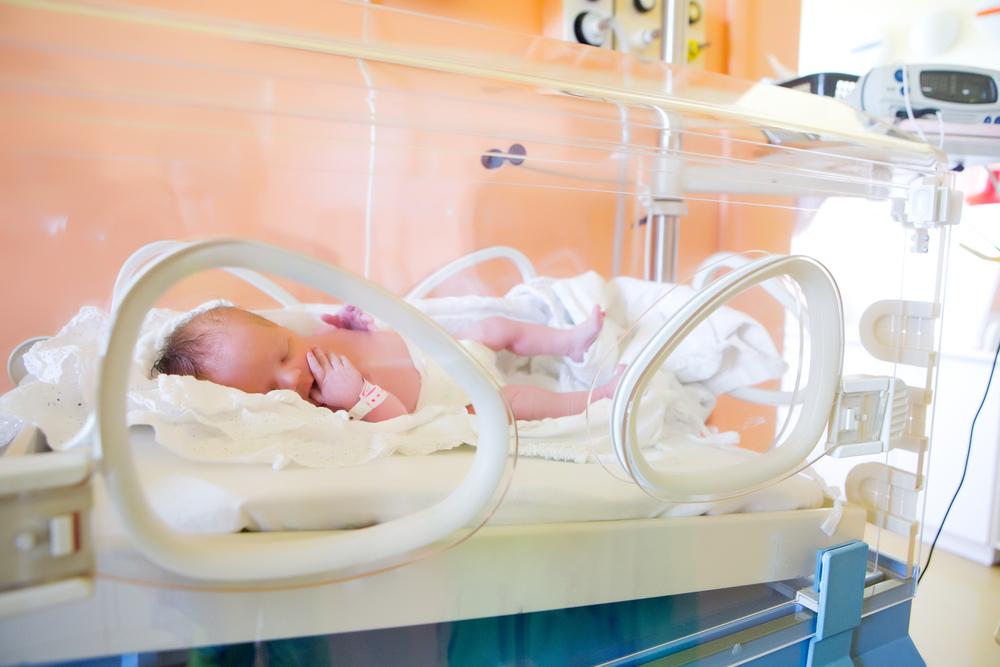
To make a long story short, I endured a very bumpy ambulance ride to the nearest hospital with a NICU, where they told me that they would start me on Pitocin to get my labor going. I said no to the Pitocin, and they decided to do an ultrasound.
It showed that during the ambulance ride, he had flipped from head down to head up and he was breech. They warned me that if he did not flip around I would have to have an emergency C-Section.
I begged them to leave me alone for some time to see if he would flip back around and they gave me a speech about how a ruptured water could be cause for infection. I was told they would give me 12 hours for him to flip around or I would have to have a C-section.
Well, 12 long hours later, baby boy decided he was comfortable where he was and they prepped me for a C-section.
I was so scared and excited at the same time. I never had ANY surgeries in my life, let alone a major one like this.
Here is what I learned from my C-section that every pregnant woman should be prepared for.
15 Things To Know About Having A C-Section
You Will Be Separated From Your Partner
They will not let your partner in the operating room until your pain block is in and complete. It was scary to be separated from my husband during such and emotional time, but I was okay. One good thing was that they let him bring his cell phone in with him so he was able to take pictures and catch our son’s first cry on video.
It Will Be Cold
The operating room is FRIGID. It was June in Wisconsin but that room very much resembled a February day.
The Epidural Hurts
The epidural they give you will hurt and it will hurt a lot. They had to poke me 5 times to get it right and I hated every single minute. I imagine this is not the norm, but even the first poke was uncomfortable and I felt a lot of pressure. The nurse just told me to breathe through it and it would be over soon, which it was.
Losing Feeling In Your Legs
This is the weirdest part!!! I stopped feeling my legs, which I knew would happen. They moved me to the operating table and started to prep me. Here’s the weird part, though. I couldn’t move my legs BUT I could feel them touch my skin. I told them this right away because I was terrified I would feel them cut me open, but they told me that was normal. I was told I would feel touching but not cutting, which ended up being true. So, don’t panic, that is normal.
Pressure (But Not Pain) When Baby Comes Out
It was awkward but painless. I did feel some pressure and pulling but it didn’t hurt at all.
It Happens Fast
Within 2 or 3 minutes, the baby was out and crying. That was a wonderful moment. It takes more time for them to sew you up than for them to cut you open. I was in the room for about an hour total, from start to finish.
Recovery Is Not Pleasant
While he went to the NICU, they took me to recovery which was hell. They gave me some pain medicine that made my neck hurt and made my chest itchy. I would have rather felt the pain to be honest.
Applying Pressure To The Abdomen
For the hour in recovery, they pushed, and pushed hard, on my stomach every 15 minutes. It was excruciating. Once I was taken to my room, they pushed on my stomach every hour after that for the first day. It was NOT COOL. I would cringe every time I saw them coming. I think I remember them telling me it had to do with something about getting my uterus back down to size.
It Hurts To Walk At First
When they get you out of the bed for the first time to walk, it will feel like you are broken. And it will be REALLY sore. For me, that was the worst pain of the whole ordeal. The pain only got better from there.
Post-incision Belly
I noticed my stomach wasn’t round anymore, but it wasn’t smooth either. Where they sewed me back up, I developed what resembled a shelf. When I mentioned it to the nurse, she brought me this stomach wrap and told me to put it on. The wrap will help your stomach shrink back down and will help flatten out that shelf and support your body. You just wrap it around your stomach on top of your big undies (you will need these to avoid irritating your incision). I mean like grandma undies. Use them. Embrace them.
Postpartum Bleeding Will Be Different Than A Vaginal Birth
Be prepared with pads for after birth bleeding. My bleeding was like a normal, if not lighter, period. I think when you have a C-section, they do a good job at getting most of the “stuff” out of you while you’re on the table, but you will still have some bleeding.
Dress For Comfort During Recovery
Pack some lose clothing for after surgery. You don’t want tight fitting clothing rubbing up against your incision. I took some cotton maxi dresses and some larger than normal sweat pants because I wanted to be comfy. C-section or not, you want comfortable clothes to wear home.
Swelling Is Normal
Expect some swelling throughout your whole body. From the minute I got to the hospital, they started an IV and gave me fluids the whole time until an hour after birth. Because of that, my legs, ankles, arms and just about everything swelled up and stayed swollen for about a week or two afterwards. It didn’t hurt, but it looked awful.
Expect To Be Sore
I was sore the whole time I was in the hospital (5 days). In fact, I was sore for months. I think the pain finally subsided about two months postpartum. It went from a very sore feeling to a burning feeling every now and then. I didn’t need pain meds after the third day, I just took ibuprofen and then when I came home on day 5, I didn’t need any pain meds. It was annoying but manageable.
You Will Need Help During Recovery
Because C-sections are major surgery, you will need help. Be prepared to have someone help you shower the first time and the few times after that. Also, be prepared to have people help you do normal housework as you won’t be able to lift much or bend down much at all.
If you have a planned delivery date, make life easy for yourself and prepare in advance. Get ahead on household chores like laundry before you go to the hospital. Try to have the refrigerator and freezer stocked with meals. When you are sore and exhausted after your c-section, you’ll be grateful for any task you did ahead of time. Try to focus on getting rest and recovering in addition to caring for your baby.
Our Happy Ending
My son ended up being fine. He actually weighed 5 pounds, 10 ounces, but needed a little help with his breathing. We left the hospital after 13 days with our little bundle of joy.
I didn’t get to complete anything I had written on my birth plan. I didn’t get to have a normal vaginal delivery, I didn’t get to pull him out and participate in skin to skin contact right away, I didn’t even get to keep my placenta because they didn’t know why I went into early labor.
The C-section I endured wasn’t in my plan. In fact, there is nothing I wanted less than a C-section, but looking back it wasn’t the worst thing in the world. Yes, it hurt, but birth will hurt in one fashion or another.
Whether you’re planning on a vaginal birth or you have a scheduled C-section, it’s my advice that you educate yourself about what to expect for a C-section because you never know what could happen. Knowing what to expect will help you remain calm.
Regardless of things not going as planned, I would do it over a million times. C-sections sound scary, especially if you aren’t expecting it or you have never had surgery. It really wasn’t that bad, and had I been prepared, it would have been even better for me.
Here’s to flawless births and baby snuggles!
Best wishes from one mama to another!
Carissa
About the Guest Poster
Carissa is a mom of two, social worker, and a college instructor who blogs at amamablessed.com in her very little free time. She loves helping people, which inspired her to start her blog. Whether it’s a healthy recipe or someone struggling with one of life’s challenges, her goal is to reach out to the world in any way she can help. Her hobbies include spending time with her husband and children, sewing, reading, exercising and cooking!
